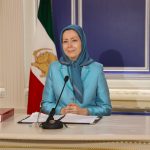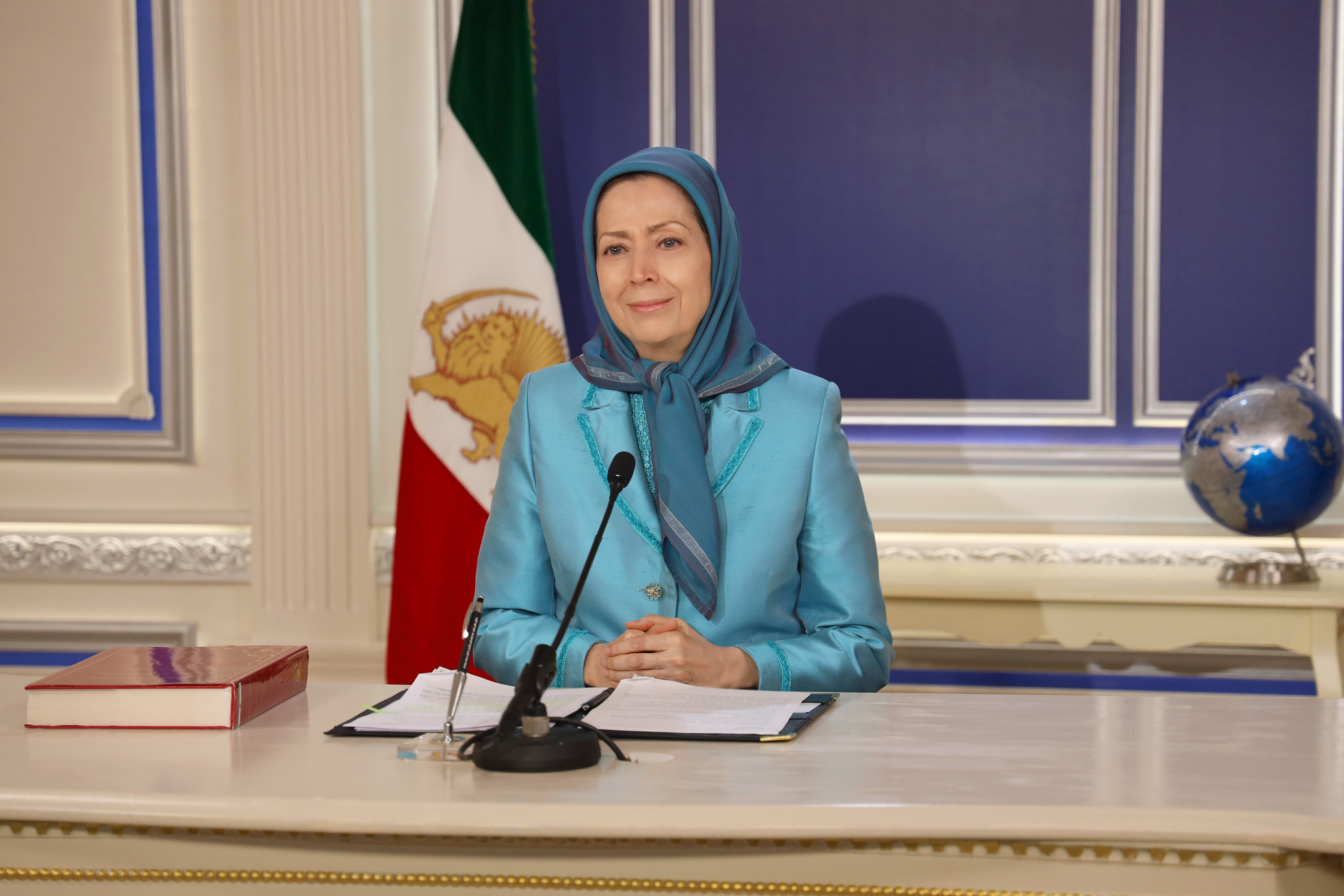Maryam Rajavi stands at the forefront of Iran’s vibrant opposition, championing a vision for democracy grounded in justice and human rights. Backed by growing international support, her leadership unites diverse resistance efforts against authoritarianism. Understanding her role offers unique insight into Iran’s complex struggle for freedom and the global response shaping its future.
Iran’s Opposition Landscape: Key Groups, Leaders, and Current Developments
Prominent Groups, Figures, and Recent Dynamics
Within the turbulent political scene, iran opposition encompasses both long-standing coalitions and emerging movements challenging the status quo from inside and outside the country. The National Council of Resistance of Iran (NCRI), founded in exile in 1981, is a central coalition spearheading these efforts. Anchored by the People’s Mujahedin of Iran (MEK), the NCRI has consistently worked to expose government abuses, international terrorism links, and nuclear activities. The MEK, having shifted from its controversial roots, now serves as the NCRI’s principal force and has campaigned for Iran’s transformation into a secular, democratic state.
Also read : How is the UK’s Relationship with the EU Evolving Post-Brexit?
At the heart of the NCRI’s political vision is Maryam Rajavi, the President-elect, renowned for her comprehensive Democratic Ten-Point Plan. This plan advocates for universal suffrage, the abolition of the death penalty, gender equality, and full religious freedom. Her agenda has attracted endorsements from a growing list of parliamentary bodies worldwide, bolstering the global profile of Iranian resistance movements and securing essential advocacy from both Iranian diaspora communities and foreign lawmakers.
Recent events, notably the June 2025 Israeli airstrikes on Iranian infrastructure, have reignited global attention. The turmoil triggered calls by opposition leaders for nationwide protests, though public participation remains measured. Lingering memories of state repression—in protests such as those in 2017, 2019, and 2022—continue to influence citizens’ choices and illustrate enduring challenges for opposition mobilization. Despite daunting risks, networks ranging from student groups, labor collectives, to underground activists demonstrate resilience, while international support and rigorous documentation of human rights abuses sustain pressure on the regime. The NCRI’s role as an information hub and catalyst underlines the evolving dynamics within Iran’s contested opposition landscape.
This might interest you : How is the UK’s Relationship with the EU Evolving Post-Brexit?
Ideologies, Manifestos, and the Role of Civil Society in Resistance
Comparison of Opposition Party Platforms and Main Reform Demands
Reformist groups in Tehran and other urban centers prioritize transparent governance and increased civil liberties. Opposition party manifestos consistently stress the protection of human rights campaigns and the need for broad-based election reform. Key demands—such as abolishing the death penalty and ensuring gender equality—are detailed by groups like the National Council of Resistance of Iran (NCRI). These opposition party manifestos aim to inspire meaningful legal and institutional change, with a noticeable emphasis on independent judiciary and free assembly. Such reform demands have played a pivotal role in rallying alliances within broader iran dissent movements.
Methods and Challenges: Underground Activism, Social Media, Independent Publishing
Underground political activism shapes much of the opposition’s operational reality. Activists often rely on encrypted channels and social network organizing to bypass censorship challenges and state surveillance. The production and distribution of underground press publications remain central, supporting anti-government coalitions in Iran. Opposition media outlets also capitalize on satellite broadcasts for dissent, enabling them to circumvent information blockades. However, the risk of detention, technological crackdowns, and resource scarcity constantly test their resilience.
Rising Involvement of Women, Youth, and Minorities
Women’s role in resistance is increasingly visible—manifested through leadership in social justice demands, labor union resistance, and mobilizing youth uprisings causes. Youth and ethnic minority groups leverage underground networks and social media campaigns to champion civil liberties advocacy and highlight the pluralism within Iran’s civil society. Their activism underscores the dynamic power of grassroots mobilization in opposition movements.
Regional and Global Dynamics: Security, Economy, and International Response
Security forces’ response to dissent: crackdown analysis and legal challenges
Security forces have systematically targeted underground political activism with mass detentions and extensive surveillance. According to government crackdowns analysis, these waves are often met with legal challenges—especially from prominent dissenters within the Iranian parliament and key opposition figures. Tactics like news censorship avoidance and underground publishing efforts persist, but activists regularly face the threat of lengthy imprisonment for organizing protests.
Economic pressures: sanctions, protests, and opposition fundraising strategies
Escalating international sanctions impact on opposition groups and the broader public, causing sharp inflation and unstable markets in 2025. Economic distress fuels grassroots mobilization; opposition fundraising deploys encrypted platforms, enabling Iranian diaspora activism and covert networks to channel resources into civil disobedience tactics. Meanwhile, protests spike around major labor hubs, but the regime counters with restriction of financial flows and increased propaganda.
International solidarity, diplomatic responses, and impact of exiled opposition
International diplomatic reactions surge as world leaders denounce human rights abuses and highlight NGO involvement. Documentation of abuses is central to diplomatic campaigns, supporting legal actions abroad. International NGO interventions coordinate humanitarian responses, while opposition flag symbolism emerges at protests globally. Support from the Iranian diaspora activism and exiled opposition leaders such as Maryam Rajavi amplifies solidarity, helping reveal abuses and sustain momentum despite internet blackouts and regime narratives.






